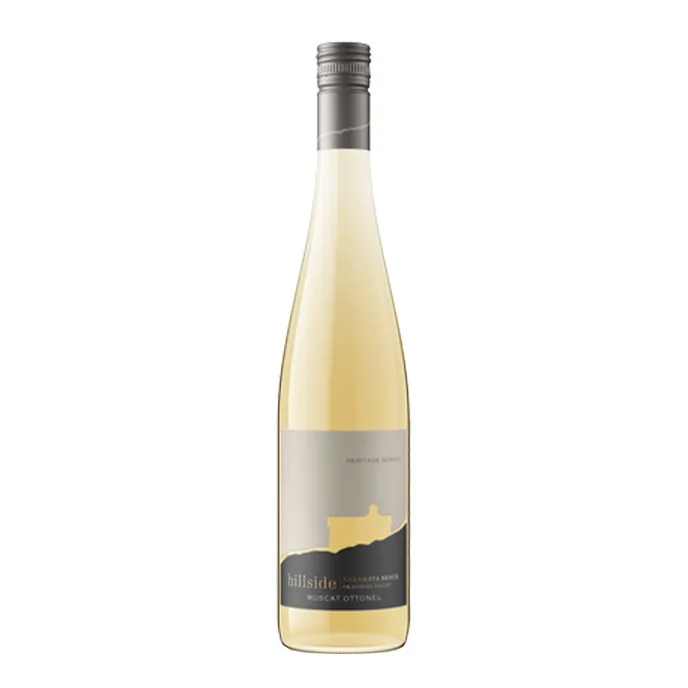Your intrepid liquor reporter recently returned from a European vacation, a few days of which were spent in Paris, drinking wine and eating cheese in the delightful sidewalk cafés.
While there are vineyards all over France, the closest to Paris was the village of Chablis (pronounced shab-lee), only 2 hours southeast of Paris in one of those big and luxurious tourist buses.
For those readers who have not memorized the hundreds of different French wine growing regions, Chablis is a village in the northernmost region of the Burgundy wine growing area.
Wine labels in France follow a complicated, and sometimes contradictory, centuries-old set of rules, which basically boil down to the wine label stating the region that the grapes were grown, rather than the type of grapes in the bottle.
In other words, a label that just says French Wine will contain grapes grown anywhere in France, while a label that says Burgundy could contain grapes grown anywhere in the large region of Burgundy, but a label that says Chablis will contain only grapes grown in the 15x20km region of Burgundy surrounding the village of Chablis.
As a general rule, the more specific the label, the more expensive the wine. Some wines have labels specifying a single vineward, or even just a single row of a particular vineyard, which quickly drives the prices to stratospheric levels.
The Burgundy wine region is most famous as the ancestral home of Pinot Noir, and the most expensive and sought-after Pinot Noir wines still come from the Burgundy region, which sometimes overshadows the wines of Chablis.
Chablis is located at the northern tip of the Burgundy wine region, where the climate is too cool for Pinot Noir to thrive, but is just perfect for the Chardonnay grape.
The Chablis wine region has close to 5000 hectares under vine, all of which are the Chardonnay grape. This does make things a bit easier for consumers, as they can be sure that a bottle with a Chablis label contains Chardonnay, while a bottle with a Burgundy label could contain any one of a half-dozen or so different varietals.
The Chardonnay grape grows well in varied conditions, so it has flourished all over the world.
Unlike other grape varietals, there is not a well defined “typical” Chardonnay flavor, as the grape is very malleable, taking on the characteristics of the soil and weather patterns it is planted in.
The classic Chardonnays from France tend to be light and crisp, reflecting not only the terroir of the region, but the hesitance of the stodgy French winemakers to jazz up such a noble grape.
New world versions of Chardonnay, particularly in California, tend to be sexier and more heavily oaked, leading to wide variations in the flavor profiles between different vineyards.
Winemakers love Chardonnay vines for this very reason, as they can be considered a “blank canvas” that can be tweaked to make the local terroir and skill of the winemaker shine.
When Chardonnay is aged in stainless steel vats, it tends to bring out the fruity and astringent qualities of the wine, which makes it popular with novice drinkers and the young alco-pop crowd.
If a Chardonnay is aged in oak, the fruit flavors diminish from the forefront, and a buttery texture with hints of vanilla and caramel permeates the wine.
Your humble narrator has traditionally preferred a Chardonnay that has seen some exposure to oak, but such modern contrivances were nowhere to be found in Chablis, where the winemakers prefer their wines unaffected by barrel aging, showing the high acidity and flinty notes the region is well known for.
Chablis does have a few Grand Cru and Premier Cru wines that see extended oak aging, but the limited supply has driven the price of such wines out of the reach of mere mortals, making them but a wistful dream for your intrepid liquor reporter.
You can find Chablis in the French wine aisle of your friendly neighbourhood booze merchant in the $25-40 range, and the highly competitive market ensures that only high quality wines make it all the way to Canada.
If you usually drink inexpensive Chardonnay from California or Australia, pick up a bottle of Chablis and compare the New World wine with the classic interpretation from the birthplace of the Chardonnay grape.






